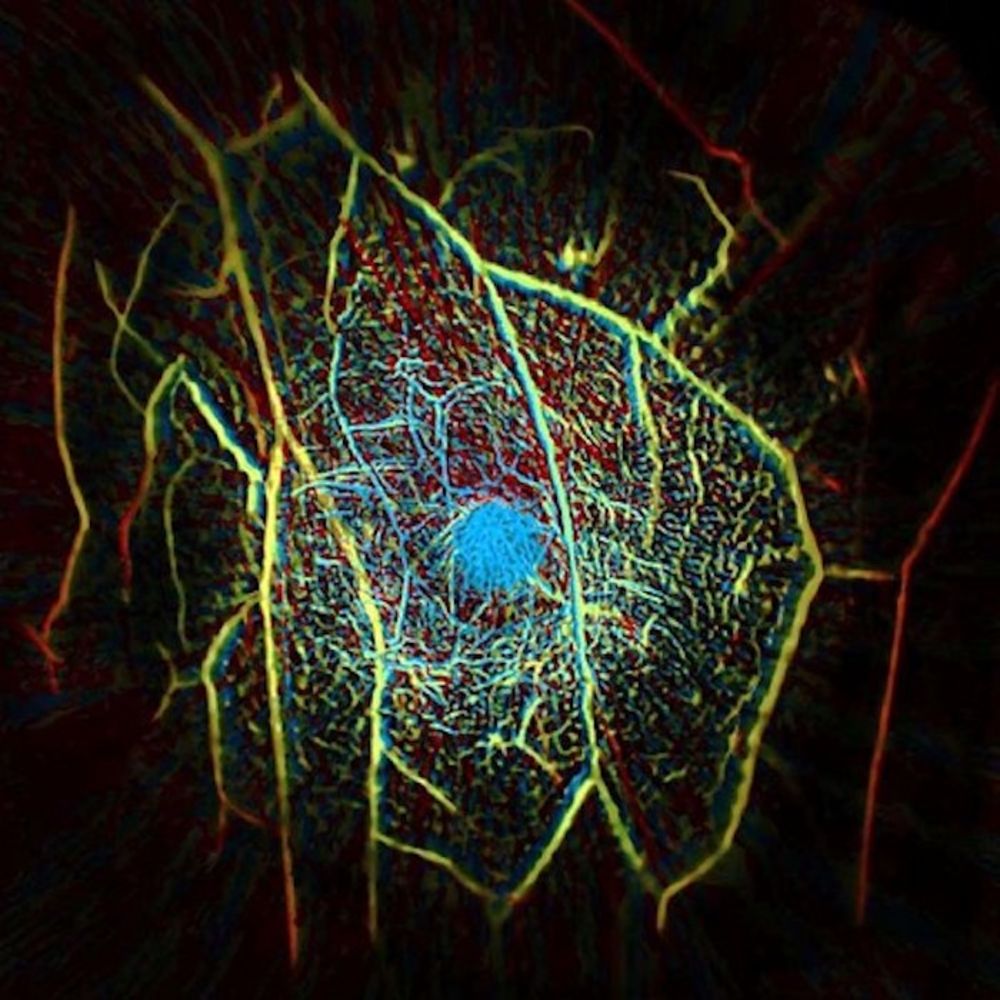Photoacoustic tomography (PAT) is an imaging technique specially designed to examine small and soft objects. PAT combines ultrasound and optical imaging to construct detailed 3D pictures of targets based on their absorption of light. This method excels at providing clear images of structures like blood vessels and tumors. Its ability to offer high-resolution insights into these areas makes PAT an attractive tool for applications such as breast and vascular imaging.
The practical use of photoacoustic tomography is still in the early stages, with ongoing efforts for its integration into routine clinical practices. Ready-to-use PAT imaging devices are available to researchers, indicating that the technology has matured to the point of being relatively accessible. Some clinical testing has occurred, suggesting that PAT is moving from research to real-world medical evaluation.
Constructing an image of the target object from PAT measurements is an example of an inverse problem. In imaging applications this inverse problem needs to be solved numerically, which with the PAT is extremely demanding from both memory, and computation power, point of view. Together with our collaborators, we work on developing efficient algorithms to lower this burden. From mathematical perspective, similar inverse problems are faced in wide range of practical applications. Results obtained in this project can be expected to gain wider interest, with researchers not directly involved with PAT.
 ©Caltech, https://optics.org/news/9/6/31
©Caltech, https://optics.org/news/9/6/31